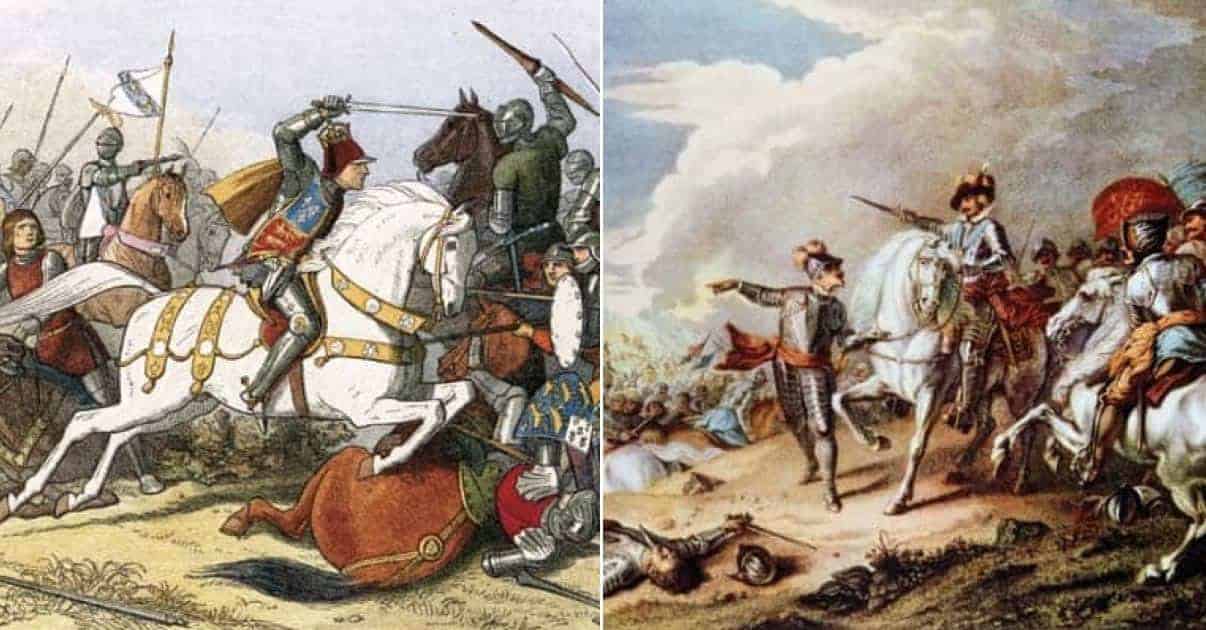British history is often presented as one of unbroken stability and continuity. This the land that never had a revolution, the home to the mother of all parliaments, the country that dates its political history back to the Magna Carta of 1215. Sure, there was a civil war, but it was 400 years ago and didn’t we end up with a king at the end anyway?
While the United Kingdom might well be able to boast that they have never endured a revolution in the moulds of France, America or Russia, they have hardly been immune from upheavals: the English Civil War was as much a successful revolution and societal reordering as any of those that took place in 1777, 1789 or 1917. Similarly, the Brits might like to think that their civil wars have tended to avoid the mass slaughter and anarchy of other countries’ conflicts, but the popular conception is not born out by the truth: close to 4% of the English population was killed in less than a decade in the mid-17th century as the country tore itself apart over a combination of religion, politics and economics.
The themes of God, Kings and Money have been the major causes of civil conflicts in the United Kingdom and its dominions over the years, from the earliest days of what we now know as England, when the succession of royals was often met with competing claims, through the Reformation and the power struggles between Catholics and Protestants and all the way up to Industrial Age and the cleavages between workers and bosses over the distribution of wealth and power.
There is a perception that war are what have made Great Britain great, whether the heroic defence against barbarism in the Second World War, the senseless slaughter of the First World War or the colonial conquests that created the Empire on which the sun never set, but the internal wars that Brits have fought against each other have marked the modern United Kingdom as much as any of them. Let us discuss the formative civil wars that the British population know hardly anything about.

